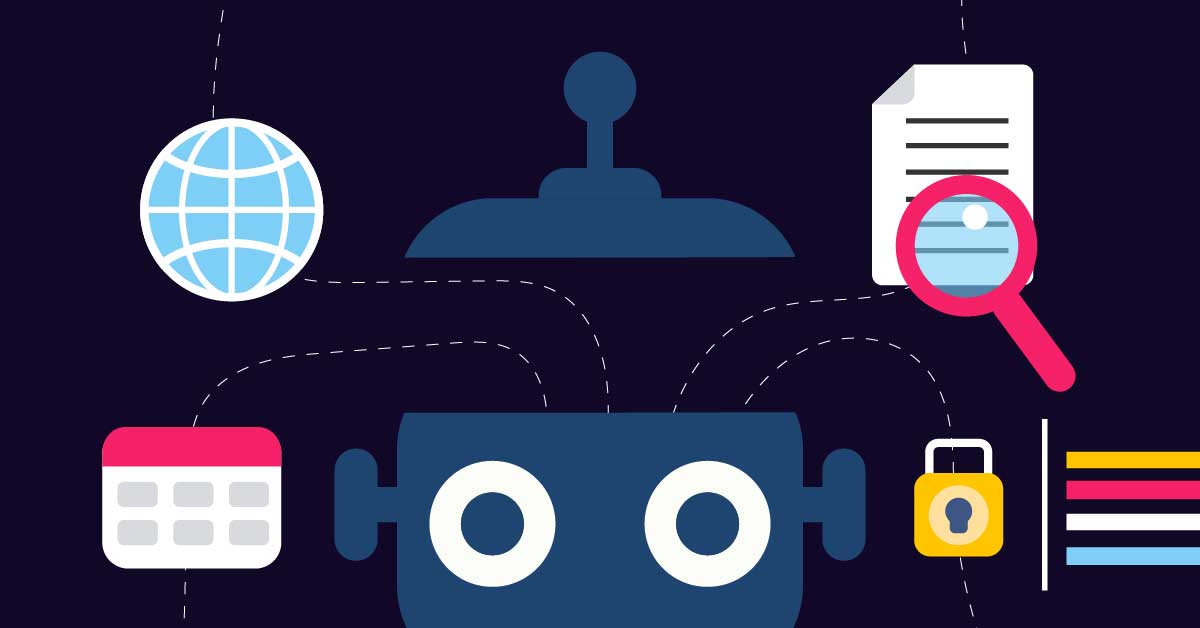
ChatGPT is driven by one of the most powerful language-processing AI models. It is becoming a valuable tool for transforming people’s interactions with AI-powered bots. However, can an AI chatbot understand every aspect of your business? Yes, it is now achievable to train ChatGPT on custom data that aligns with your company’s unique needs. We will teach you how to train ChatGPT on your own data, including technical and non-technical ways you can use it. Let’s dive in!
What is ChatGPT?
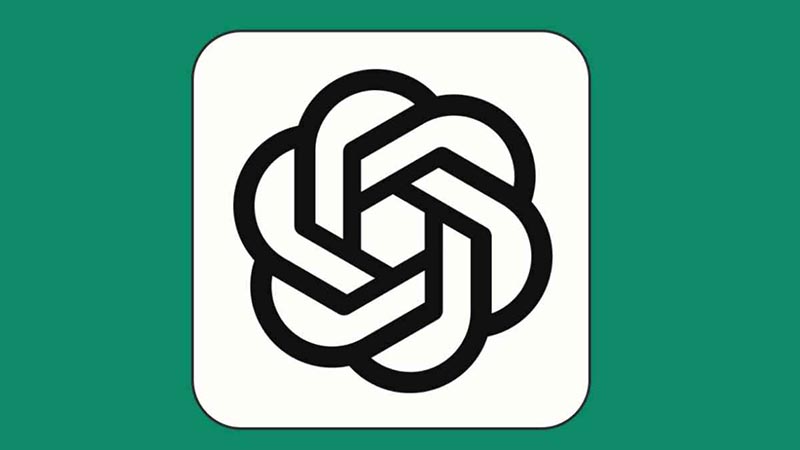
ChatGPT, developed by OpenAI, is an AI chatbot that uses NLP and ML to generate responses based on user input. It helps users engage in conversations for creating outlines, articles, essays, and summaries.
A notable advantage of ChatGPT is its ability to remember previous conversations, ensuring seamless and continuous interaction. While ChatGPT’s foundational technology is rooted in GPT-3.5, access to the enhanced capabilities of GPT-4 requires a subscription to the Plus package.
How to Train ChatGPT on Custom Data?
There are two methods available to accomplish this goal. One requires programming skills, while the other can be completed in just four minutes without coding experience.
If you want to try the no-code solution, jump to the lower part of this tutorial.
Full-code solution with the API
Before we begin, we should warn you that this section requires coding experience and an extensive understanding of Python. If you are looking for a no-code solution, click here. Before you can train a customized ChatGPT AI chatbot, you must set up a software environment on your computer. Here are the steps to do so.
Step 1: Install Python and Upgrade
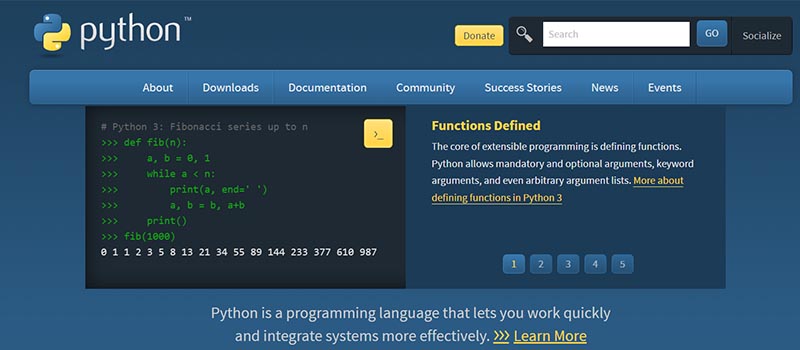
Download and install Python from the official website. Check the “Add Python.exe to PATH” option during setup. Secondly, upgrade Pip, a package manager that allows you to install Python libraries.
Then, install the essential libraries needed to train your chatbot, such as the OpenAI library, GPT Index, PyPDF2 for parsing PDF files, and PyCryptodome. These libraries are crucial for creating a Large Language Model (LLM) that can connect to your knowledge base and train your custom AI chatbot.
Step 2: Install a code editor
Download a code editor such as Notepad++ for Windows or Sublime Text for macOS and Linux if you have experience with more powerful IDEs like VS Code.
Step 3: Generate your API Key and Secret Key
Generate an API key from OpenAI to train and create a chatbot that uses a custom knowledge base. To obtain this key, create an account on OpenAI or log in to your existing account, then select “View API keys” from your profile and click “Create new secret key” to generate a unique API key. It is crucial to save this key to a plain text file and keep it private, as it is only accessible to your account. Additionally, you can create up to five API keys if necessary.
Once you have set up your software environment and obtained an OpenAI API key, it is time to train your own AI chatbot using your data.
Step 4: Select your model and create your knowledge base
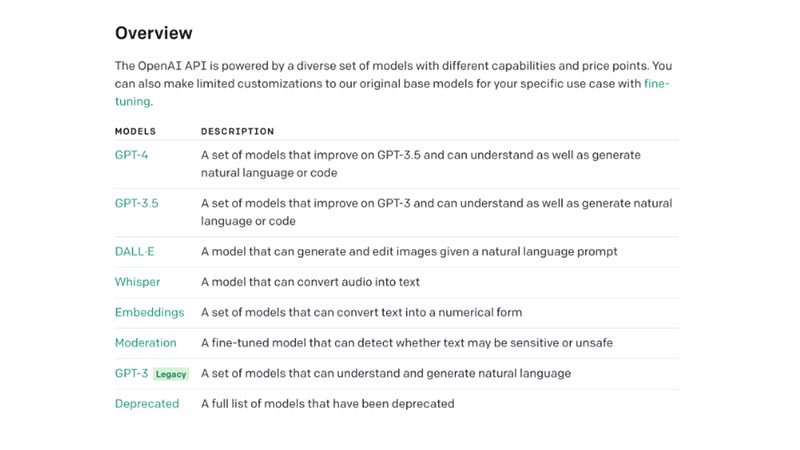
You can use either the “GPT-3.5” model or “GPT-4.” To begin, create a folder named “docs” and add your training documents, which could be text, PDF, CSV, or SQL files.
Step 5: Create the script
Open your code editor and save the following code as “app.py” in the same folder as the “docs” folder. Change the text “Your API Key” in the code with the API key you got from OpenAI and save the changes.
A local URL will be generated after running the code in Terminal to process your documents and create a JSON file. Then, copy-paste the URL into your browser to access your custom-trained ChatGPT AI chatbot.
Now, you can ask your chatbot questions and receive answers based on your provided data.
Train Your AI Bot with LiveChatAI in Minutes
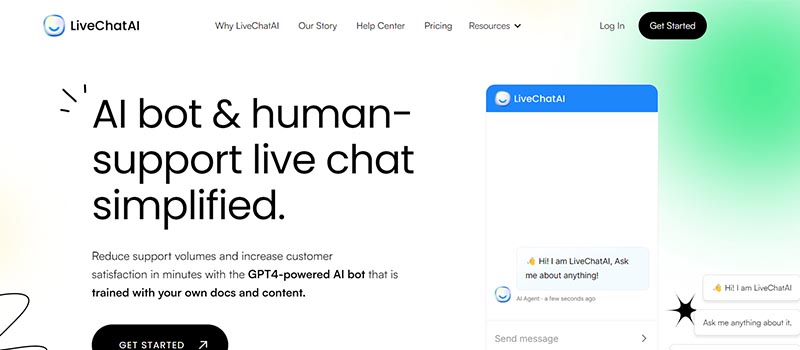
If you have no coding experience or knowledge, you can use AI bot platforms like LiveChatAI to create your AI bot trained with custom data and expertise. Since LiveChatAI allows you to build your own GPT4-powered AI bot assistant, it doesn’t require technical knowledge or coding experience.
Unlike the long process of training your data, we offer a much shorter and more straightforward procedure.
Here is a quick guide you can use to create your own AI bot with your data using LiveChatAI:
Step 1: Sign up for LiveChatAI
Sign up for LiveChatAI and sign in to your account.
Step 2: Add a website as your data source
Click the “Save and get all my links” button. The tool will crawl your website to import its content.
You can also add your sitemap and click the “Save and load sitemap” button to proceed.
Step 3: Choose pages and import your custom data
You can select the pages you want from the list after you import your custom data. If you delete unrelated pages, you can also delete them by clicking the trash icon.
Once you have finished, click the “Import the content & create my AI bot” button.
You can monitor the total pages and total characters at the bottom of the page.
Step 4: Activate/ Deactivate human-supported live chat
With the modal appearing, you can decide whether to include a human agent in your AI bot.
Step 5: AI Bot is Created
You can preview your AI bot and test it out by asking questions.
Also, from the “Settings” part, you can adjust Prompt & GPT Settings, Rate Limiting, and Time Scheduling.
You can customize the look of your AI bot in the “Customize” section. You can embed and share your AI bot from the “Embed & Share” part.
Apart from these, you can display the chat history from the “Chat Inbox” part. Then, you can easily arrange your conversations.
The last but most crucial part is the “Manage Data Sources” section, which allows you to manage your AI bot and add data sources to train.
Conclusion
There you go, our comprehensive guide on training ChatGPT for custom data!
You can start using your data to control ChatGPT and create a distinct conversational AI experience by following the instructions above. However, ensure you format it correctly when tweaking the model to get reliable data. More importantly, always remember ethical elements when you train your chatbot. The potential of integrating ChatGPT and your data is overwhelming, and you can witness impactful responses through conversational AI.
About the author

Rowena Zaballa
With a background as a former government employee specializing in urban planning, Rowena transitioned into the world of blogging and SEO content writing. As a passionate storyteller, she uses her expertise to craft engaging and informative content for various audiences.
Table of Contents
- What is ChatGPT?
- How to Train ChatGPT on Custom Data?
- Full-code solution with the API
- Step 1: Install Python and Upgrade
- Step 2: Install a code editor
- Step 3: Generate your API Key and Secret Key
- Step 4: Select your model and create your knowledge base
- Step 5: Create the script
- Train Your AI Bot with LiveChatAI in Minutes
- Step 1: Sign up for LiveChatAI
- Step 2: Add a website as your data source
- Step 3: Choose pages and import your custom data
- Step 4: Activate/ Deactivate human-supported live chat
- Step 5: AI Bot is Created
- Conclusion










